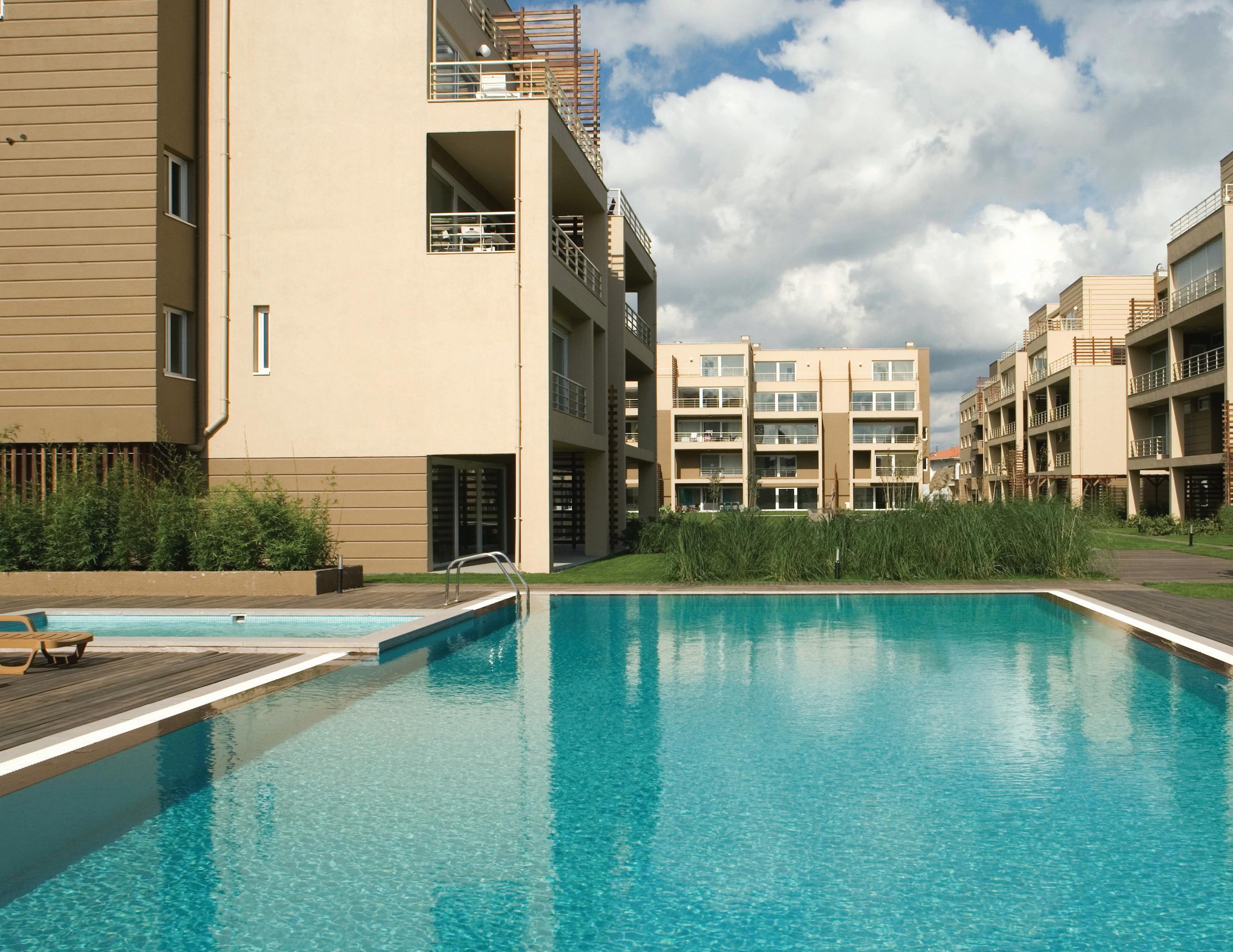
3 minute read
The benefits of going green
EVIDENCE IS GROWING THAT GREEN BUILDINGS DELIVER MULTIPLE BENEFITS
One of the most important benefits green buildings offer is to our climate and the natural environment. Green buildings can reduce or eliminate negative impacts on the environment by using less water, energy or natural resources. They can also have a positive impact on the environment if they can generate their own energy or increase biodiversity. Another benefit is the cost savings on utility bills for owners or tenants through energy and water effi ciency. But the benefits of green buildings go way beyond just environmental and financial. They have proven to have brought positive social impacts on the residents too. Mostly around good health and wellbeing of the people who reside in these beautiful green homes.
Advertisement
Harmony Apartments – Quay Street, Sydney
The Harmony is a stunning 17-storey high-rise mixed-use residential and commercial building located in the popular Haymarket, Chinatown area of Sydney. The development was built in 2003 on the site of the old Her Majesty’s Theatre. It now houses luxurious apartments with sought after features such as an indoor heated swimming pool, spa, sauna, gymnasium, games room and 24hour concierge.
Committed to the environment
In 2017 the Harmony’s Owners Corporation made a conscious commitment to reduce the impact of the property on the environment by reducing water and energy consumption. Harmony residents were encouraged to actively participate in the building’s numerous green projects to help make a positive impact on the environment.
An ambitious target was set to reduce energy by 10% and water use by 25% by 2020. STM Northern Sydney Senior Community Manager, Patrick Rush, has managed Harmony for over 5 years and is extremely proud to say not only were those impressive targets achieved, but the residents absolutely smashed them. “The goal now for the Owners Corporation is to maintain savings while continuing to identify new opportunities for further savings. This will include educating residents of the existence and benefits of energy saving schemes. We’ll implement updated signage around the common property promoting recycling and energy saving strategies to continue enticing resident participation,” said Patrick.

Harmony Apartments
Exceeding water saving targets The Harmony obtained a 100% participation rate with all apartment owners and tenants keen to introduce Sydney Water’s WaterFix® project to reduce water consumption. The initial reduction in water usage was over 30%, yet this has reduced even further over the last 24 months.
Current usage is now around 50% of water level consumption prior to the introduction of the Waterfix® project. That’s an incredible saving in both water and cost. The biggest ongoing challenge has been sustaining the reduction of water usage each quarter. The Building Manager monitors usage daily and immediately organises any rectification works if required, which has proved crucial in maintaining water savings.
Reducing energy consumption
The Harmony’s Owners Corporation installed variable speed drives (VSDs) and a carbon monoxide monitoring system throughout the car park to reduce energy consumption.
The VSDs control the speed of the exhaust fans and the monitoring system accurately measures the levels of carbon monoxide and other harmful gases present. The fans are only activated when required. These installations have had a healthy impact on energy bills by saving $1,200 per quarter.
Also contributing to energy effi ciency is the new and upgraded spa and pool heaters and the building now has full LED lighting throughout common areas. Despite the considerable cost savings with the installation of smarter, more environmentally friendly equipment and devices, the dedication this Owners Corporation has towards reducing their footprint and maintaining a sustainable building is admirable.
Residents take these initiatives seriously and the community engagement has escalated thanks to the drive and encouragement from the Strata Committee, Building Manager and Strata Title Management.








